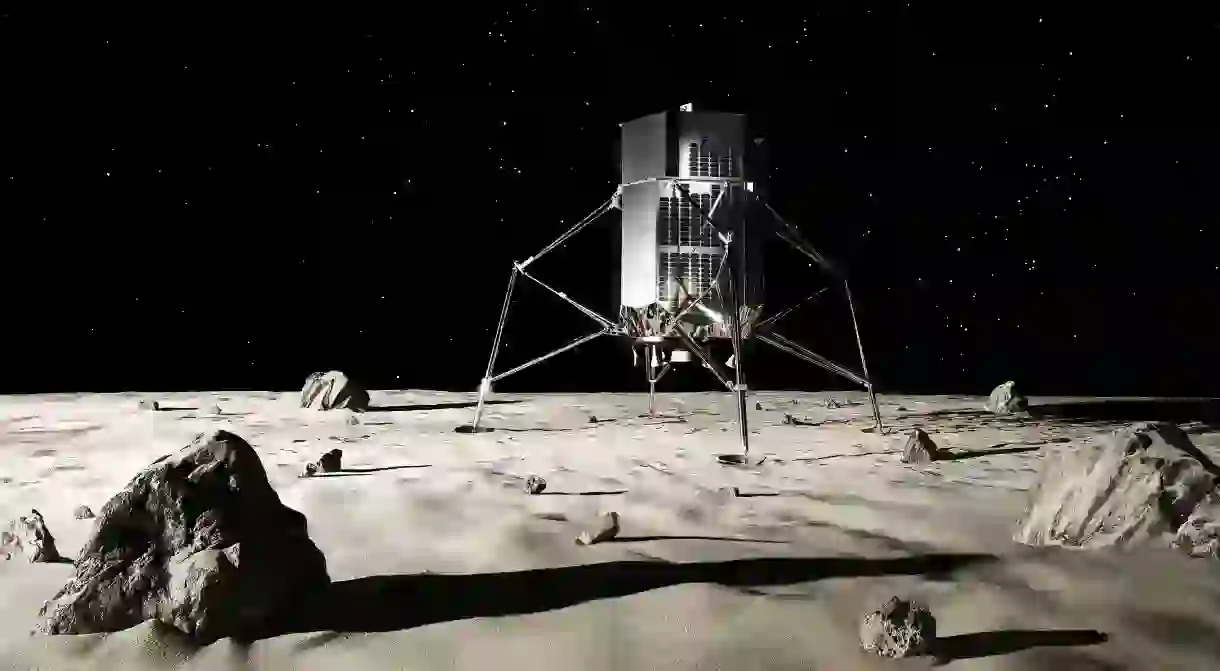The Tokyo Start-Up Heading for the Moon

A Tokyo-based start-up aiming to put humans on the moon has signed an agreement with SpaceX for two missions to the lunar surface in 2020 and 2021.
When the US put men on the moon in 1969, many thought humans would be regular visitors, if not permanent residents, of our nearest celestial body. But decades later, activity on the surface of the moon has been largely restricted to robots and probes. Now a Tokyo-based start-up named ispace is embarking on a mission to change that.
The company has signed an agreement with Elon Musk’s SpaceX to fly ispace’s lunar lander and lunar rovers as secondary payloads on Falcon 9 rockets in 2020 and 2021. The first mission will simply try and put the lander in lunar orbit, while the next year ispace wants to put the lander on the moon’s surface and deploy rovers from the craft.
These missions are the start of ispace’s ambitions to find and exploit water on the moon’s surface. The company’s CEO, Takeshi Hakamada, has also said the goal is to have a city on the moon visited by 10,000 people a year by 2040.

“We are entering a new era in space exploration and SpaceX is proud to have been selected by ispace to launch their first lunar missions. We are looking forward to delivering their innovative spacecraft to the moon,” said Gwynne Shotwell, SpaceX President & COO, in a statement.
If water were discovered in any form on or underneath the lunar surface, the moon could then act as a giant gas station where rockets could be refueled on their way to more distant destinations in the solar system.
“We share the vision with SpaceX of enabling humans to live in space, so we’re very glad they will join us in this first step of our journey,” Takeshi Hakamada, ispace Founder & CEO, said in a statement.
The company reached the final rounds of the Google Lunar XPRIZE, which offered $30 million to any privately funded team that could land a robotic spacecraft on the moon before March 31 2018. None of the teams involved claimed the prize, but ispace was able to use momentum from the Google contest to secure investment worth $90 million.
The missions have been named Hakuto-R. When translated, hakuto means ‘white rabbit’; it was chosen in reference to a Japanese tale about a rabbit living in the dark areas of the moon.













